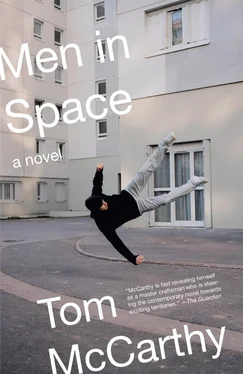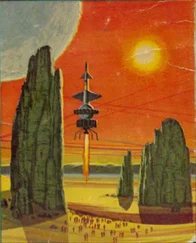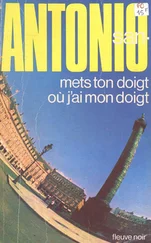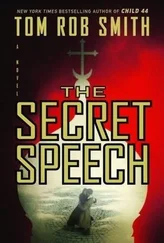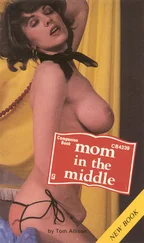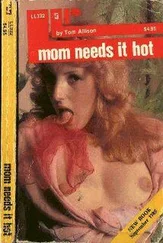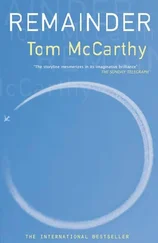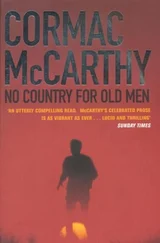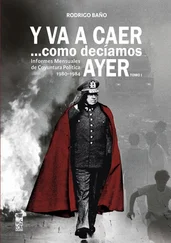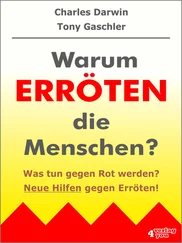Mladen’s his best guest — Nick’s friend Mladen, the architecture student from the former Yugoslavia. He comes looking for Nick, but when he sees what Ivan’s doing he becomes enthralled and stays. He doesn’t try to make inane conversation, or to force food on him like Sláva and Klárá did — just sits for hours and hours in silence, watching him paint. At this point Ivan’s finished detailing the ships and sailors and is putting the bird figures on the side of the mountain, thinking of the seagulls under Palackého Most, the moment as they take off at which they’re neither airborne nor resting on the water’s surface but suspended between the two, in some vague halfway state. His angel hangs behind him, still gazing upwards and away. In Ondříček’s class they studied an old Russian icon painting in which, as Luke the Evangelist toiled to represent the Virgin and her baby who were modelling for him, an angel stood behind him, pressed into his back, arm resting across his shoulder to guide his hand. When he restored the Moravian monastery’s fresco, that monk told him that the early church painters would fast while they painted, just like he’s doing now, in order to get close to God, to angels, to their strata. What was that monk’s name? He was trying to remember it recently: when was that? He doesn’t notice Mladen going; just, as he adds the nourishing layer of base solution — one-to-twelve, unmixed with any pigments — to bind all the layers together, that he’s not there any more.
His buzzer rings two more times while he’s on the finishing stage, but he ignores it. It’s too delicate now; there’s no room for mistakes. You only get one go on the halo, the text and the panel borders. Ivan consults Klárá’s list for the egg/water ratio and finds it’s — no, that can’t be right: one-to-one! So rich: the orange swallows up the cadmium red, then the red ochre, then the terra verte without changing, and it’s only when he stirs it round in the compartment that it takes on the scarlet tone of the original. That ellipse shape. He sits still, waits until his breathing’s deep and regular before he paints the outline of this. It’s not just a case of getting the curve right: it’s about stepping into the right rhythm and inhabiting it, letting it move you … He pictures himself in the air again, gliding along the groove of an invisible ellipse, or higher, out in space, a planet orbiting a sun, around a ball of intense, burnished gold — makes the line on the first painting, steps back, then moves straight in again, dips the three-rigger back into the compartment, paints the ellipse on the second. Perfect, both times. Then the text. Klárá couldn’t tell him what the three large words meant. Or the little ones dotted between them. She said the letters weren’t Byzantine or standard Greek — and he knows they’re not Cyrillic. He paints them on with a two-rigger. Then, finally, the gold inside the ellipse’s red boundary has to be burnished. Ivan uses the smallest agate and rubs systematically, first from side to side, then up and down, then diagonally. To keep the agate warm he holds it to his nose every so often: that way it’ll slide more smoothly over the leaf. As he rubs, the gold inside each of his copies’ ellipses starts to glow just like the gold in the original, takes on the same strange incandescence, as though it were not just reflecting but also generating its own light …
When Ivan finishes it’s night, perhaps the fourth or fifth he’s worked through. He can’t varnish straight away. You’re meant to wait weeks, till the paint’s absolutely dry, but Anton told him that didn’t matter as long as the copy looked the same as the original. He’ll still have to wait at least a few hours, though. Then he’ll layer on a varnish of ketone crystals and beeswax. He’ll need a stocking for the crystals. He seems to remember … yes, it’s there, beside his bed, when he goes through to look: a single, laddered stocking. Could be Heidi’s or Klárá’s. The crystals have to dissolve for several hours, suspended in a jar of warm white spirit. He should sleep. What day is it? He’ll phone Anton now, to tell him he can come tomorrow. Which one will he give him? He places his copies next to the original, one on each side. They’re both perfect. When they’re waxed all three should look exactly the same. He’ll phone Anton, then sleep, then varnish the paintings and collect his money. The phone’s been unplugged from its socket and placed in the room’s corner, by the plant. Did he do that? He should move over and phone Anton. But he doesn’t want to, doesn’t want to take his eyes off the three images — four if you count the mirror in which he’s framed, standing, wrapped in a sheet stained the same crimson as the saint’s robe, with his grooved, waxed hair, his gaping mouth.
* * * * *
Here’s Mladen, chugging on a Velké Popovice, looking out across a pit of bobbing heads towards a stage on which Tyrone is dancing. Tyrone is dressed in a silver spacesuit with tubes leading from the back towards the front, or perhaps vice versa; on his chest are two large, pointy space tits, like Madonna’s. Around him are a horde of dancing space concubines, all male. The images Roger’s been gathering and mixing over the last two weeks are being fired up at them from a U-shaped flight panel of dials and knobs and screens behind which Roger’s standing, shunting a mouse around and bobbing his head to the music while little Barbara, the one he got his eye cracked open for, bounces about beside him. Trams and metro carriages ride vertically over the performers, shuttling up an enormous screen above them before flattening across the ceiling. Sometimes the stage and screen become a grid; then the grid becomes a map of Prague; then it’s back to trams and metro carriages again. The sequence fades out, giving over to old footage of a huge scaffold-mounted rocket’s engines firing up just seconds prior to lift off. Roger alternates this picture with an image of the Žižkov television tower beneath which Mladen and Nick Boardaman once shared a flat, and another image showing one of Ivan Maňásek’s sketches of the saint in that icon painting he was copying, suspended in the sky amid a web of intersecting lines. Across all these images the words LIFT OFF are flashing. On the main dance floor swathes of young Czechs are holding their arms up. Their index fingers cast small silhouettes onto the screen: hundreds of shadow-fingers pointing upwards, urging the rocket, the sketched saint, the city, the whole country up towards the stratosphere, beyond, out into orbit …
For Mladen, it just doesn’t do the trick. He finds nationalism distasteful. Last summer, as he rode from Cres to Ljubljana and onwards to Trieste, escaping a Croatian conscription mandate due to kick in hours after he left, he hitched a ride from a proud veteran of Slovenia’s Ten Day War who spent most of the journey regaling him with tales of slaughter: how he and his friends had taken tanks out with mortars, set up trip-wire mines that sliced through whole convoys of trucks … It was a trip-wire mine that killed his friend Zocchi outside Vukovar: blew half his face off. Mladen couldn’t even make the funeral. In Ljubljana anti-tank barricades and razor wire were sprouting in the streets like obscene bushes as the two-month ceasefire came to an end, and saplings of young men — boys, eighteen, seventeen — were being planted at the entrances to municipal buildings, hands fidgeting across the catches of machine guns that looked outsize on them, like men’s suits on children …
Dry ice is billowing across the stage now as the rocket starts to rise. Images of an old shipyard are being superimposed over this, then sketches of the icon painting’s ships. Mladen spent hours looking at the painting yesterday. The ships were being dismantled. He thought of the Adriatic off the Istrian Coast as he watched Ivan painting ripples on the blue sea. Why were those men taking the ships apart? How would they be able to get back to land if they did that? Ivan said he didn’t understand the text. Some of the stripped ship parts the men held looked like cannons, pointing up towards the bird-men on the side of the mountain, shooting at them. LIFT OFF. Beginnings — of journeys, nations, lives — are always violent, always involve death. Best characterized not by this serene moonwalk Tyrone is performing on stage now, but by the ball of fire beneath the rocket, a perpetual explosion, endlessly destructive — then the mess that’s left behind: the scorched ground, fallen scaffolding …
Читать дальше
